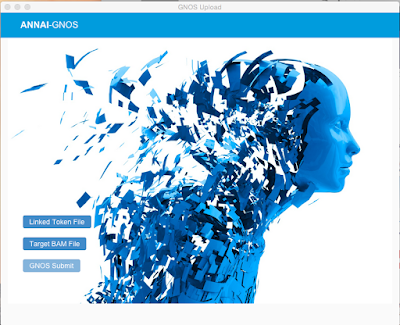Packaging Electron Applications for OSX

I want to use Electron to create installable apps for OSX, Precise, and Trusty. I first attempted to use fpm (package distribution across multiple platforms) which works fine for creating rpm and deb packages, but creating the OSX pkg file proved difficult. These steps will summarize how to create an installable .pkg from an Electron Application. NOTE: This tutorial does not cover creating valid packages for the mac app store, which has a whole different set of requirements. But you will end up with a .pkg file which can be distributed and used to install your application. I. Re-Branding Electron Unless you want your Application to be named "Electron" after its installation, you will probably want to rename the application and change the default icon. On OSX, this is done by editing the existing Info.plist file in the Electron.app directory and changing four values to match your Apps name. The Location of the Electron Info.plist file is found under the Electron.app...

